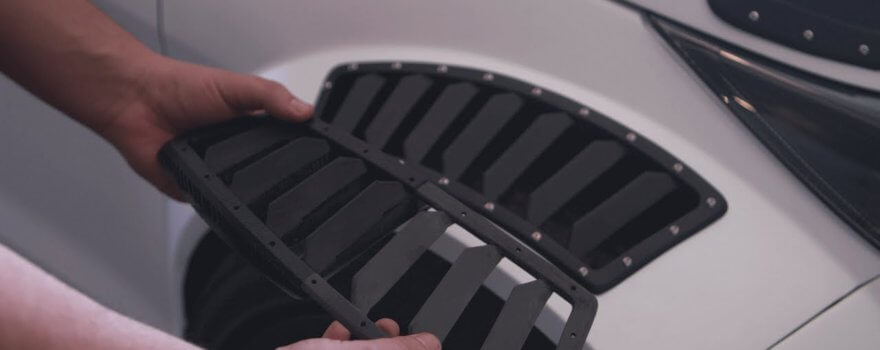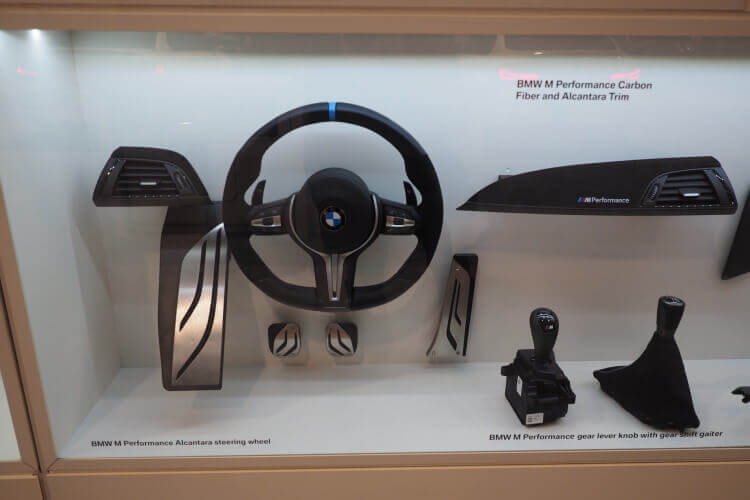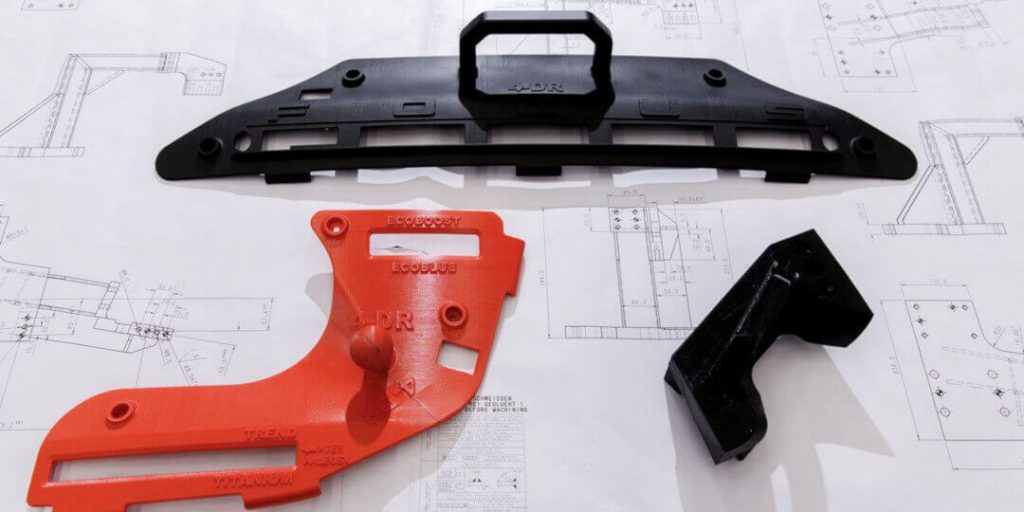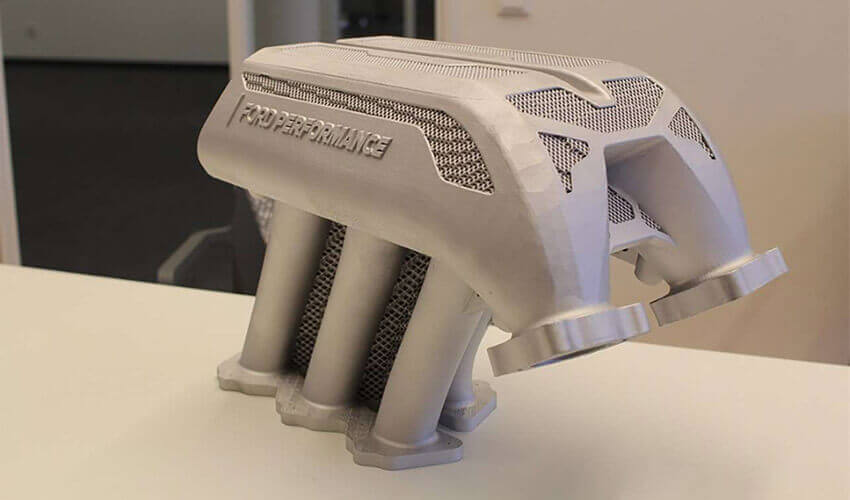3ERP has covered many of the different ways automobile manufacturers are benefiting from the advantages 3D printing brings to the forefront. As technology is gaining a more mainstream foothold within the automobile industry, many companies are taking note, but many are using it in different capacities and for various purposes. These needs can encompass anything, from tools to spare parts/supply chain management to end-use parts and even full cars.
It’s interesting to see how far the technology has come, how it’s employed by the big names in the industry and where they see it going fort their future production chains. This article aims to provide insight into the many ways some of the biggest automobile manufacturers in the world use 3D printing in their workflow.
BMW
As most 3D printing is used for smaller volume production runs, there is a lot of room for customization and adding complexity using the unique elements that 3D printing allows. BMW is no stranger to such forms of design and manufacturing, employing 3D printing in pre-development, vehicle validation, and testing, or in concept and show cars. They employ the technology for larger volumes, but smaller production runs allow them to personalize products precisely to their customer’s needs.
The company has been prolific in their use of additive manufacturing, noting that they potentially see “great future potential for serial production and new customer offers” (according to BMW’s experts in Germany). They’ve been using the technology to enhance both plastic and metal components. They’ve most famously been working with HP to produce products on their large scale manufacturing systems.
Like many other companies on this list, BMW has been using it as a means of producing parts that other technologies cannot create. A good example of this is the i8 Roadster’s top cover. Making the mounting for this component would not have been possible using a traditional casting process. Aside from expanding the design possibilities, the 3D printed car part is more durable and it also weighs less than previous iterations.
Similarly, BMW unveiled the iFE.20 Formula E racer with a 3D printed cooling shaft manufactured from flax fibers. The part was shown off at the end of 2019. Compared to the usual carbon materials, flax has greater absorption and greater impact resistance, which can be advantageous on the street circuits with their bumps and crash barriers, on which Formula E takes place. This made it the first BMW racecar fielded by a work team with parts made out of renewable textile fibers, also making it environmentally friendly.
The company uses 3D printing for tooling and safety as well. A good example of this is the specialized gloves they use to finish off the stoppers for drain holes. These stoppers have to be manually set with the engineer’s fingers, which means a lot of strain on the thumbs. Luckily, they came up with the 3D printed solution that could be fitted onto the work gloves.
Even aside from their work on their own automobiles, the company’s engineers have been lending a hand to outside projects. One example is the development of the bespoke 3D-printed seats for the British Paralympics Basketball team. Using 3D body scans and the latest in additive manufacturing, BMW’s engineers constructed a whole fleet of wheelchairs allowing for players to display a more advanced level of athletic prowess.
Ford
As far as commitment to 3D printing goes, Ford is running headfirst into embracing the technology. The company set up an additive manufacturing center and employed its operations extensively into their workflows. In terms of creating plastic and metal prints, they’ve had a long-running partnership with various companies such as Ultimaker, Stratasys and GE Additive, who provide machines for all sorts of AM applications across the production chain.
They also use 3D printing to cut cost and time for tooling, as the company found that it was quicker to make their own parts on the facility as opposed to waiting for suppliers and other such things. They also apply these same principles to jigs and fixtures, which they develop in facilities all over the world.
They’ve expanded their 3D printing operations over the course of the past few decades, manufacturing both metal and plastic components. As the company states: “In the last few decades, Ford has printed well over 500,000 parts and saved billions of dollars and millions of hours of work. Where it would have taken 4-5 months and cost $500,000 to produce a prototype with traditional methods, a 3D printed part can be produced in a matter of days or hours at a cost of a few thousand dollars”.
Similarly, Ford’s various subsidiaries have been showing off their AM chops, most notably the design teams behind the Shelby GT500. This year, they 3D printed the most promising designs for the new GT500 in a matter of days, which sped up the improvement and testing stages immensely. This pace allows them to rapidly tweak the Shelby GT500 little by little, bringing in new physical designs at breakneck speeds. They also developed a new spoiler-wing hybrid design that the team is calling ‘the swing’. This new design is a prominent factor in the GT500’s impressive aerodynamic capabilities.
The company set another major 3D printing milestone back in February. Their Ford Performance division, dealing with high-performance components, 3D printed what they claim is the largest metal automotive part for a working vehicle in automotive history. The metal part was installed in the Hoonitruck, a 1977 Ford F-150 with a twin-turbo 3.5-litre V6 EcoBoost engine. The part itself is an aluminium manifold inlet, printed using GE Additive’s Concept Laser X LINE 2000R.
Volvo





